

Custom curtains: the advice of our experts
30 june 2022
By reinforcing the atmosphere that we want to give the different rooms of a house, the curtains play a major role in the decoration of your home and therefore your comfort.
But the wide variety of fabrics, fixings and finishes available sometimes makes the choice of the right curtain delicate.
As specialists in the realization of custom curtains, we will help you in this article to see more clearly among the various options available. Claudine and Monique, our experts in interior design, blinds, curtains and screens, present the finishes of curtain heads most requested.
Note: If you feel a little lost in the middle of technical terms specific to this theme, we invite you to consult the mini dictionary published at the end of this article.
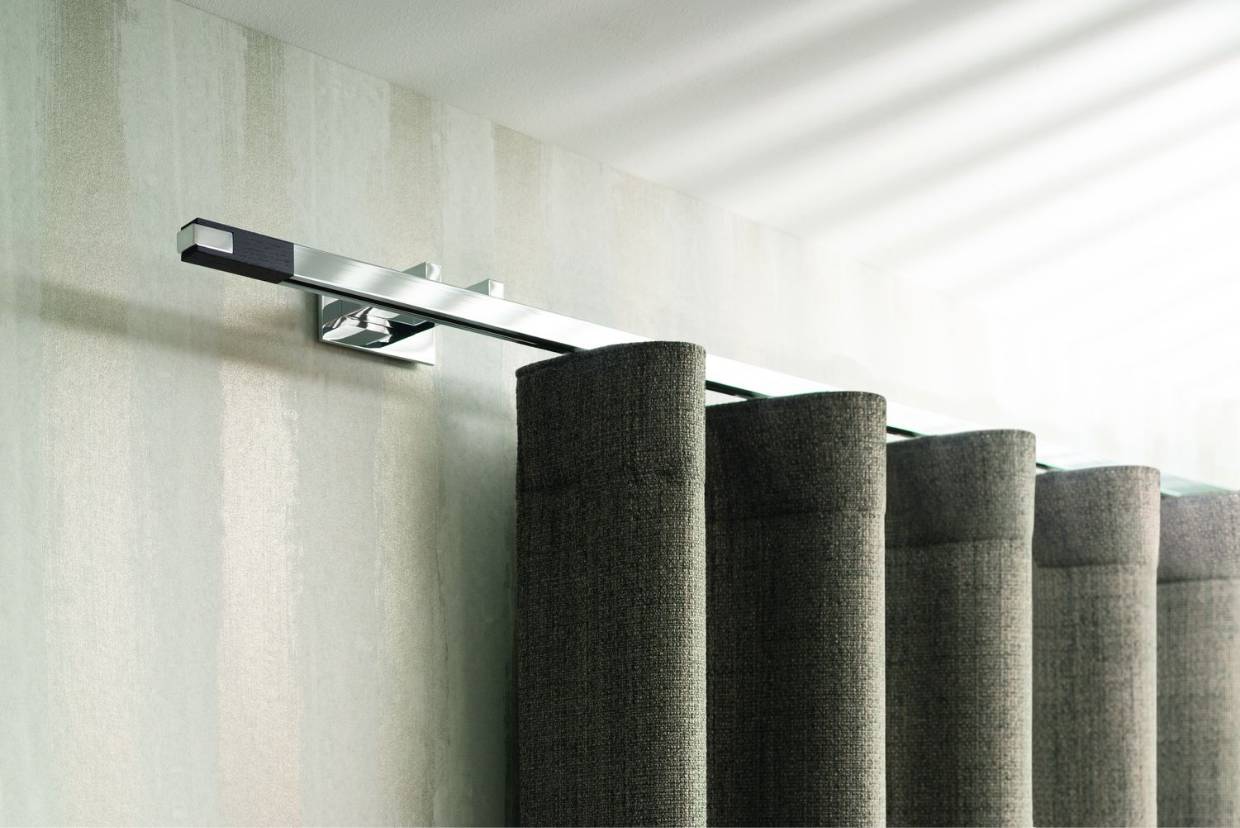

The head of curtains with pleats, called “Flemish” head
The confection with Flemish head is undeniably chic and elegant. The principle of this finish is to distribute at regular intervals sewn pleats (single, double or triple) that structure the curtain to give it relief and volume, as well as a regular fall.
Flemish head tailoring can enhance any type of fabric, but depending on its thickness, its use (single or double curtains) or the desired look (contemporary or classic), you will have to choose between 1-ply, 2-ply or 3-ply finishes.






Single pleat: for a more contemporary style.
The confection with a single fold is suitable for all fabrics, especially the thickest as velvet, dim-out and blackout, it fits very well with contemporary spaces and rooms where you want a strong blackout.
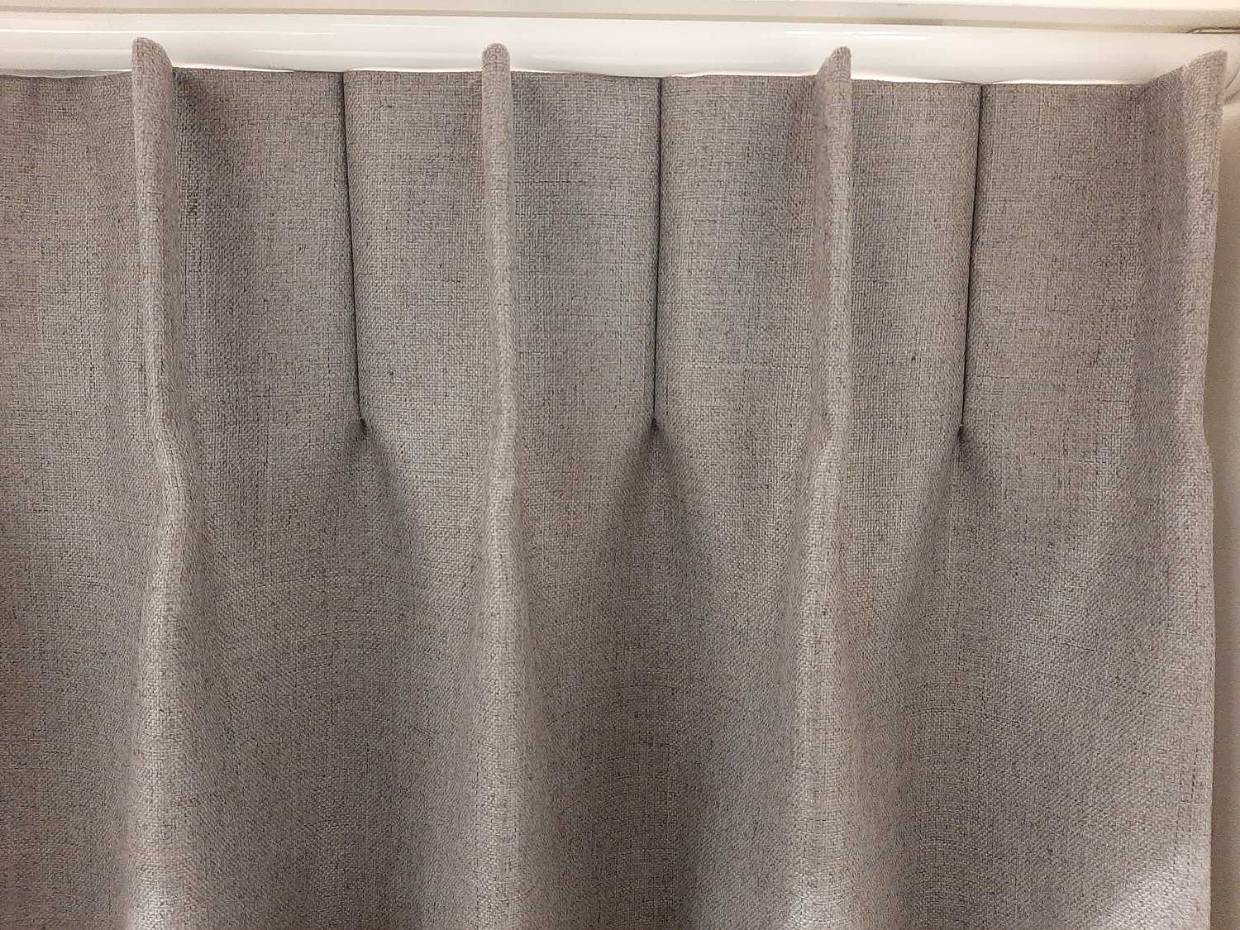

Single Flemish head with stitching
Double pleat : for a touch of elegance and a timeless chic side
This type of finish will suit, depending on the fabric chosen, both classic and contemporary interiors. The two-ply finish allows for the use of all types of fabrics, from the finest to the most obscuring.
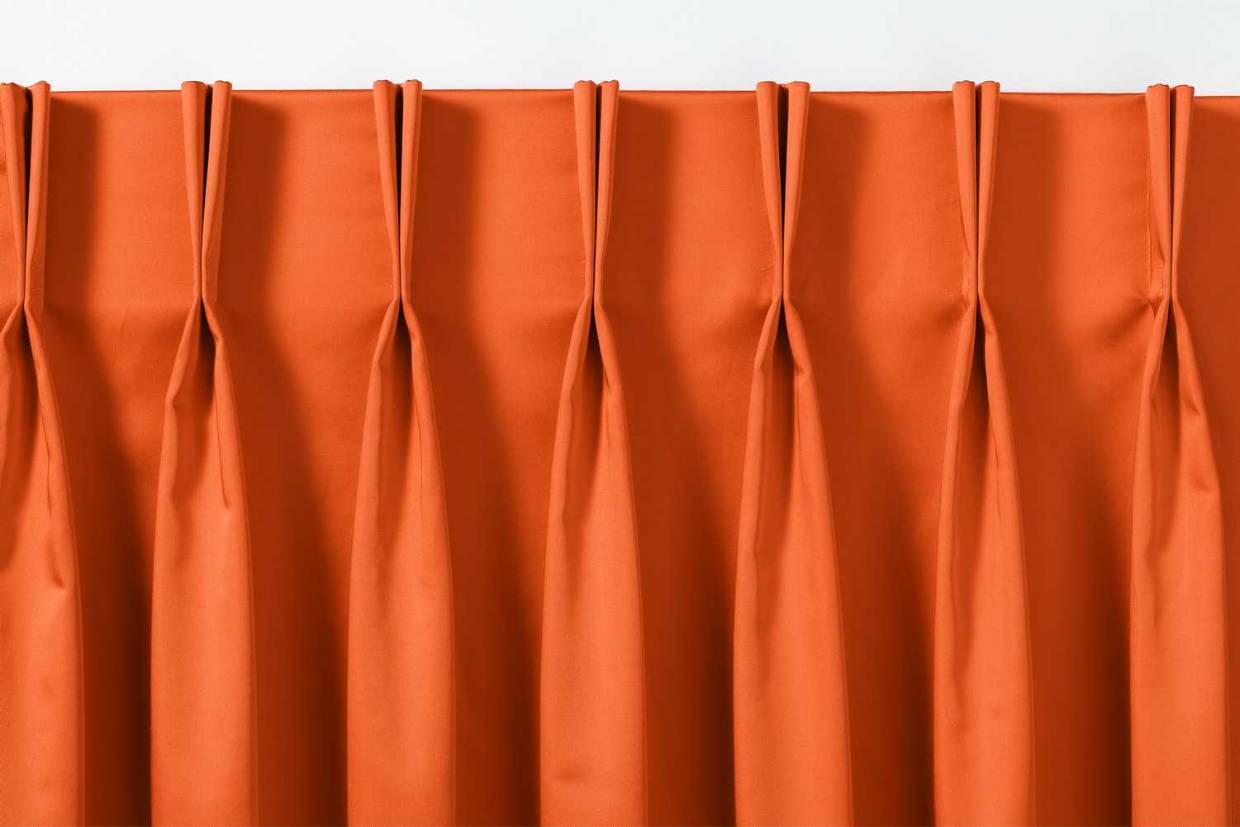

Triple pleat: for sophisticated and more classic atmospheres
The addition of a third fold will amplify the effect of volume and the quality of the fall. This finish is not suitable for thicker fabrics such as velvet, dim-out and blackout.
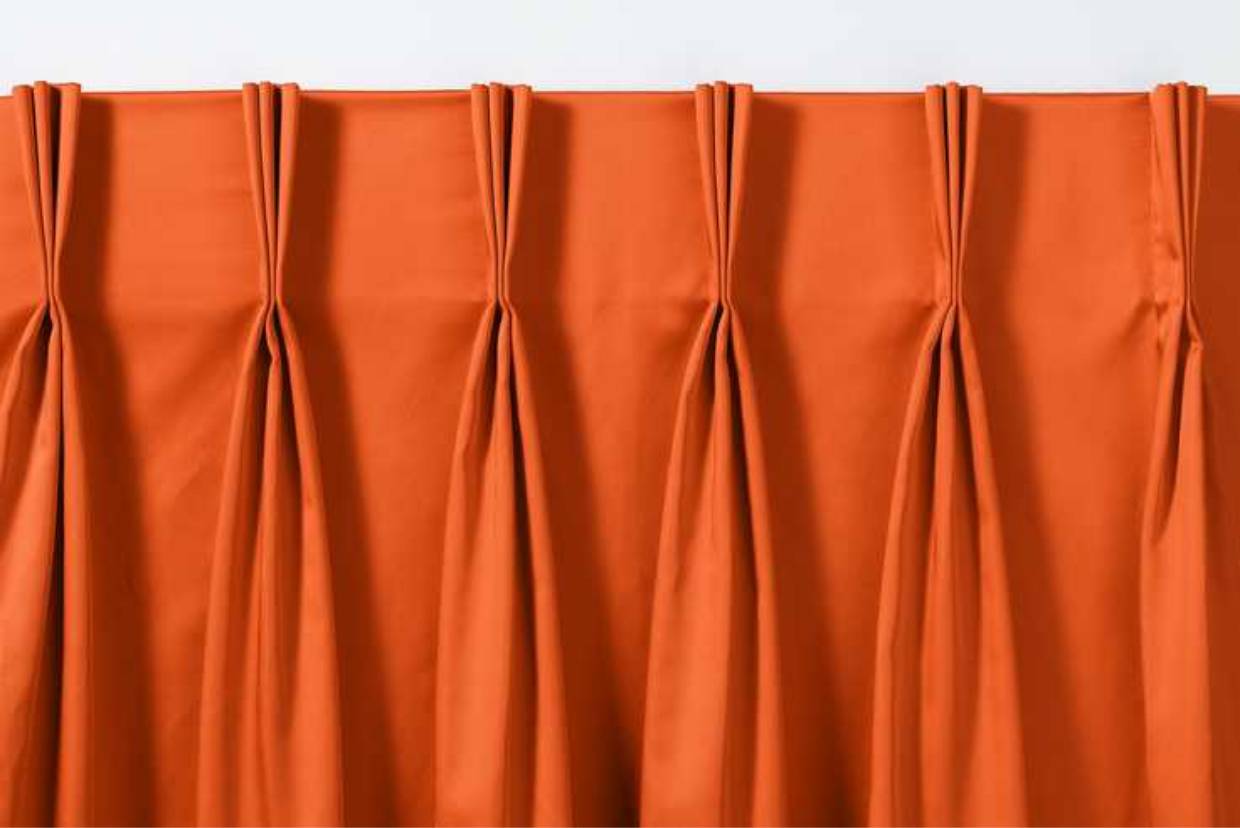







Wave curtains
The Wave finish is generally considered more modern than the Flemish head finish. Wave curtains give fullness to fabrics by creating elegant, uniform ripples that, like waves, reform impeccably after each manipulation, from ceiling to floor.
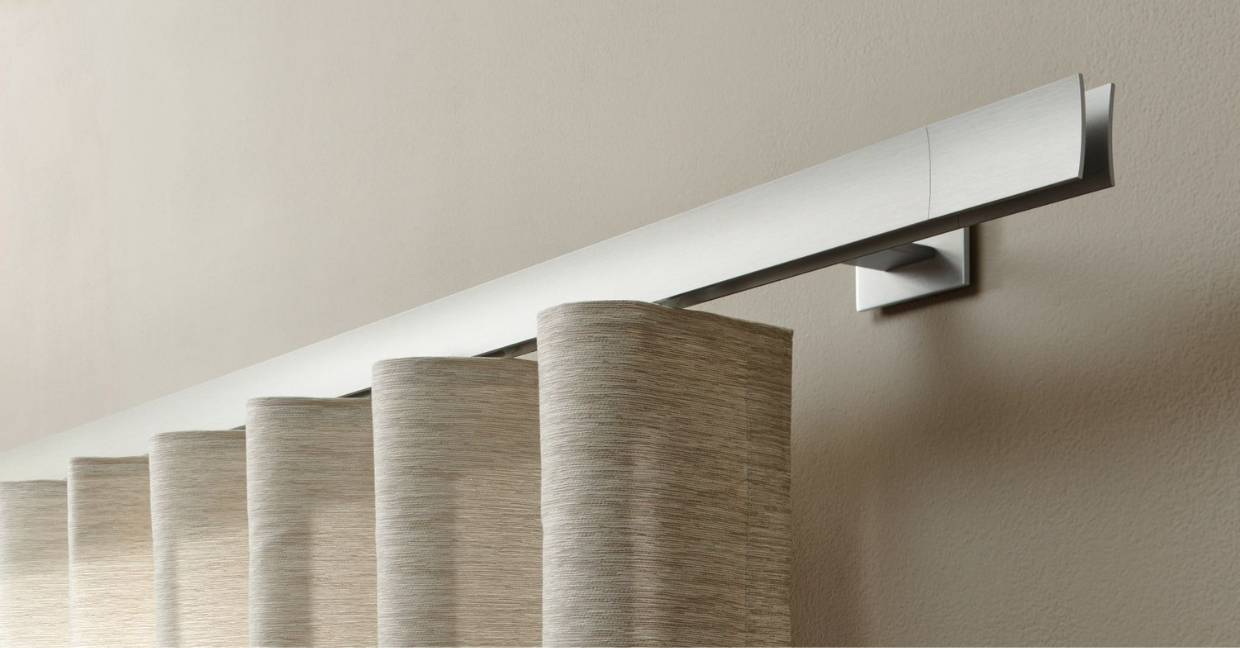

Wave avec tringle à rideau « SAIL » de la marque Interstil






The regularity between the “waves” comes from the fact that the gliders of the curtains are linked together by a cord, this ensures a perfect spacing of the waves of the fabric and a very regular and clean fall.
Finishing the bottom
Typically, curtains are sewn at the bottom with hems, so you won’t have to worry about this detail.






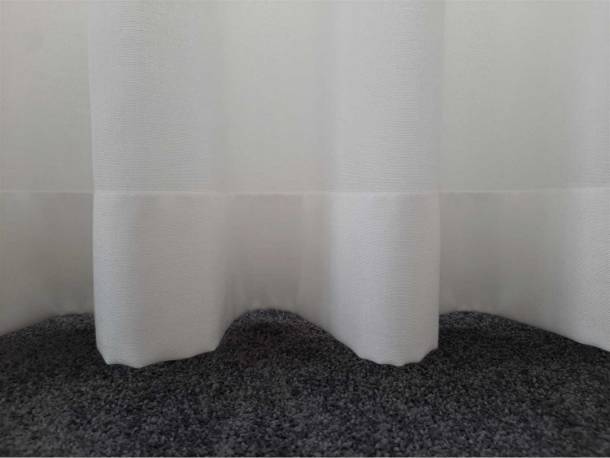

Bottom finish with hem
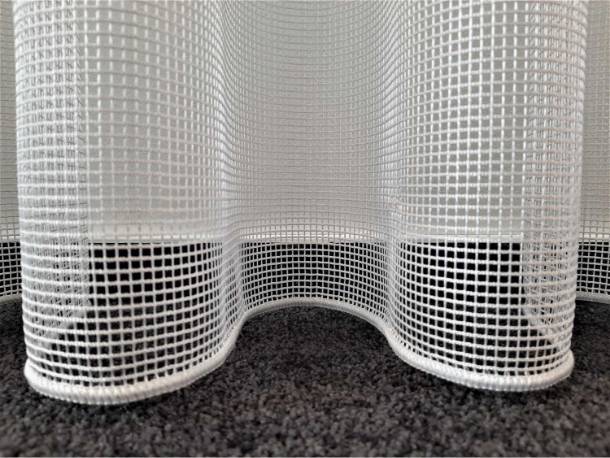

Weighted bottom finish
Bindings: curtain tracks or poles (rods)?
You are almost at the end of your journey – you have one last choice to make: the type of fixation.
The simple track or rail: It is always fixed to the ceiling and is generally white, like most of the ceilings. It meant to be simple and discreet, almost invisible.
The pole or rod (or the decorative rail): It is an element in its own right of your decoration, here too, different styles (modern, contemporary or classic), different shapes and colors (stainless steel, aluminum, black, white, anthracite, brass, bronze, steel, …) are possible.
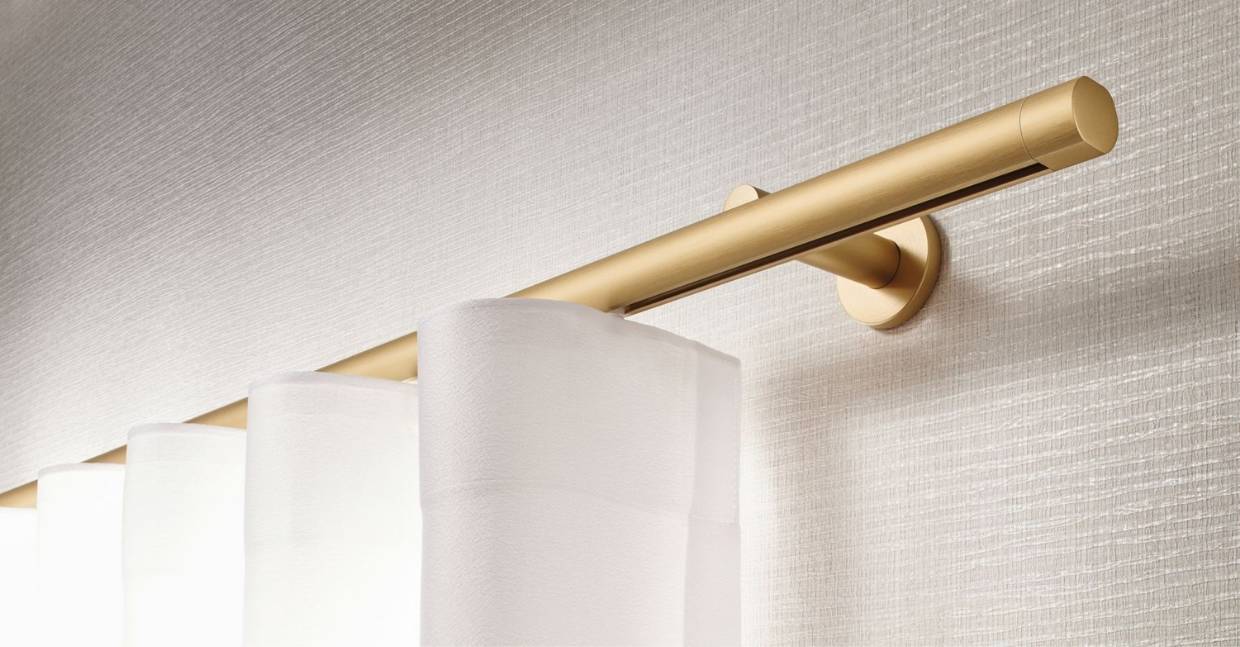

“Sinus” curtain rod in brass color
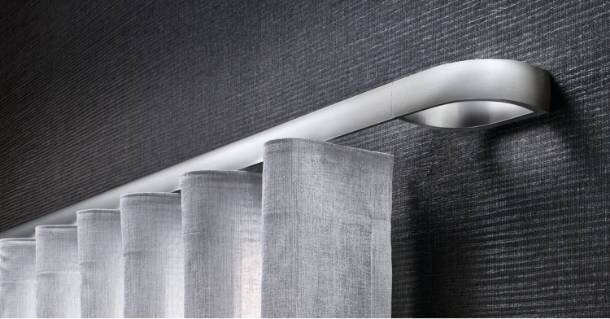

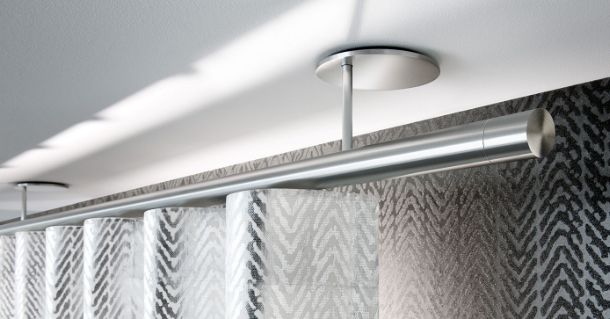

Conclusion
Materials, dimensions, colors, finishes … there are many parameters to consider when choosing your curtains, and it is very easy, when you are not a specialist, not to meet the right combination between them.
That’s why we offer a custom curtain service, and even more.
You hesitate between different types of fabrics? Then nothing better than to come and see and touch the many fabric samples that are available in our showroom. This visit will also be an opportunity for you to discover the different types of rails and curtain rods and to get advice on the finish to adopt.
You don’t know how to take the measurements? No problem! We will come to your home to take the measurements. This will also allow us to discover the atmosphere of your home to better advise you.
You don’t know how to install them? Yes, okay, we are floor installers (for the non-Luxembourgish speakers, de Buedemleër means “floor installers”), but we are also blind and curtain installers!
Who will make my curtains? Our custom-made curtains are handmade by experienced partner craftsmen.
How do I maintain my curtains? We also take care of it! We pick them up for cleaning from another local partner and then come and put them back up.






Small lexicon to facilitate the understanding of technical terms.
Curtain: Generic word qualifying the different types of curtains. “A movable piece of fabric that can be stretched at will in front of an opening, to screen or intercept the day, protect from view, insulate from cold and noise.
Voile: Curtain with a light fabric in principle transparent.
Drapery (tenture or lambrequin in French): Curtains with a thicker / heavy fabric, they can be semi-transparent, opaque or obscuring. They are often used to add a decorative touch with possibly bright colors and / or patterns.
Pair of curtains: These are two pieces of fabric that are placed in front of a window. By opening your curtain, you will have a strip of fabric on each side.
One piece: A curtain made of a single piece of fabric. Not suitable for large windows. Too bulky to clean and too thick a package once the curtain is open.
Fullness: A fullness of 120% (2.2) means that on a curtain sewn one meter wide, 2.2 meters of fabric were used.
140cm fabrics: Previously, all fabrics had a width of 140cm. With this width several strips of fabric are needed to cover your windows.
Large width fabrics: Since there are fabrics with widths of 280-300cm, it greatly reduces the number of strips needed to make your curtains.
Room high fabrics: Fabric with 280-320cm in height. No more vertical seams between the different strips. This format is ideal for wave curtains.